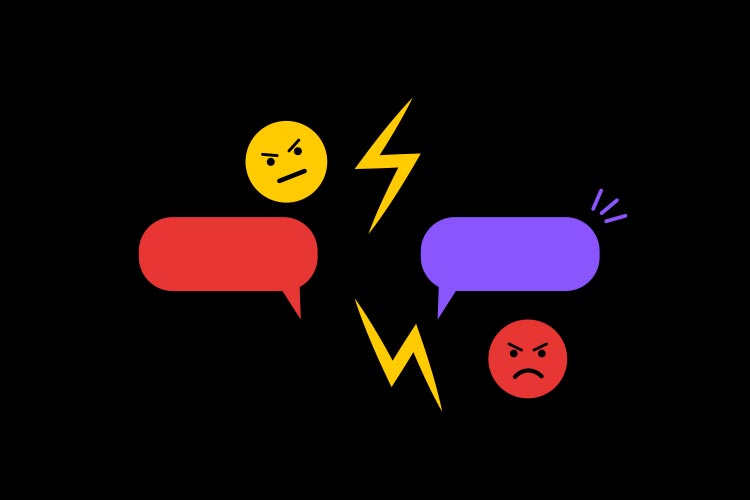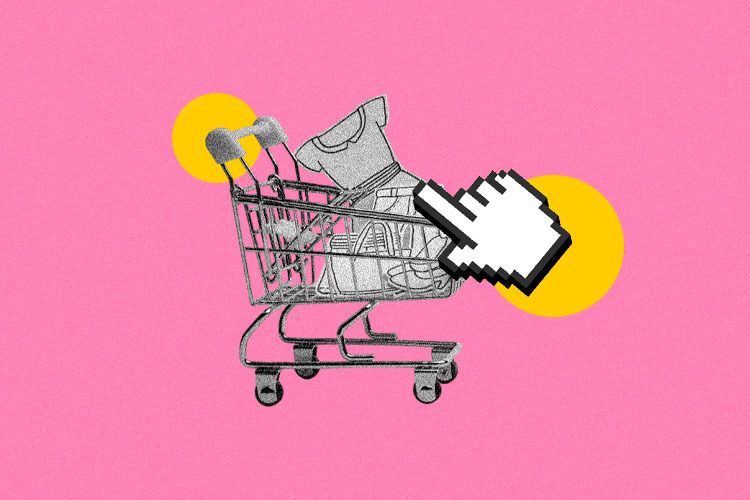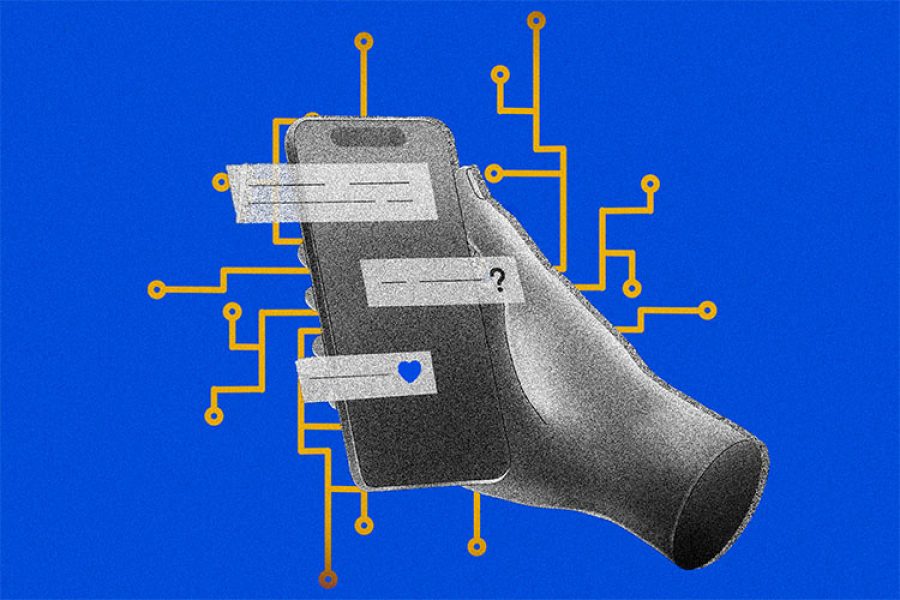Aggression against retail employees is very common and we have probably all witnessed an incident of this kind. According to the National Association of Supermarkets and Department Stores (ANTAD, for its initials in Spanish), 35% of retail and service employees in Mexico experienced some type of aggression in 2021, including verbal and physical abuse by customers. A survey conducted in 2020 by an Australian retail workers’ union revealed that 80% had been mistreated by customers. Similarly, a recent British survey found that 65% had been abused by customers. Globally, customer aggression is known to be an unresolved problem.
Consequences of a new way of selling
The disruptions caused by the COVID-19 pandemic, accelerated change in retail, increased use of technology, and hastily implemented omnichannel strategies sometimes cause customer frustration which negatively affects their shopping experience.
This may result in unwanted customer behavior. For example, retail employees reported incidents that could endanger their safety and physical integrity, such as insults, threats, or shouting, as well as shoplifting and vandalism in stores. This is why it is important for employers in the retail and service sectors to take measures to protect their employees from customer aggression.
Holistic measurement of customer aggression
Despite the fact that levels of customer aggression are increasing, this study is the first to attempt to measure and typify this phenomenon. As Peter Drucker used to say, if something can’t be measured, it can’t be improved. This highlights the importance of this study and its contribution to the retail industry through the development of an easy-to-apply measurement scale that provides a valid and reliable measure of customer aggressiveness toward employees. Once this data is collected, retail companies will be able to implement prevention and control measures. This study is the foundation for further research on mitigation of this important phenomenon.
Earlier attempts often focused on individual elements of extreme verbal or physical aggression. However, the current research approached the issue holistically and found four forms of aggression ranging from almost “inexpressive” to fully “expressive” (see box).
“If something can’t be measured, it can’t be improved.” –Peter Drucker
This was achieved by analyzing the customer-employee relationship, where there is an imbalance of power (the customer is always right), the low status of the employee within the organization, which leaves them somewhat “unprotected”, and the detached and individualized nature of the interaction (as the customer may not return to the establishment, there is no fear of retaliation).
| Reactive-expressive aggression A visible emotional reaction triggered by a situational event that results in direct and intentional physical (or verbal) aggression aimed toward an individual. Examples: Pushing, shoving, throwing objects, or yelling aggressively at a retail employee in response to a negative situation such as a product being out of stock or a refusal to provide a refund. | Proactive-expressive aggression A visible, goal-oriented emotional demonstration that results in direct and intentional aggression aimed toward an individual, designed to achieve an objective. Example: Belittling, yelling, or insulting to attain a refund, upgrades, or benefits. |
| Reactive-inexpressive aggression A subtle, implicit emotional reaction triggered by a negative situational event that results in direct, nonverbal, nonphysical, covert hostility aimed toward an individual. Example: Staring in an aggressive manner at a retail employee, entering their personal space, using one’s height or build to intimidate, ignoring reasonable instructions or requests. | Proactive-inexpressive aggression A subtle, implied goal-oriented emotional demonstration that results in indirect, non-verbal, non-physical, and covert hostility designed to achieve an objective. Example: Intentionally falsifying complaints, writing fake reviews, or spreading rumors about a retail employee’s performance to attain some form of compensation. |
The standard scientific process was followed in order to create the measurement scale, resulting in a questionnaire of 19 items that allow the types of aggression mentioned above to be identified and measured. A further study demonstrated the predictive validity of our scale when applied to 391 employees in the retail sector. A theoretical model was developed which assumes that the different types of aggression are antecedents of burnout, which leads the employee to feel work-related stress. The study revealed that work-related stress is related to anti-company behaviors and the desire to resign.
Multi-dimensional problem
It was concluded that customer aggression is a complex and multidimensional phenomenon. The scale developed can easily be used to measure the phenomenon of any retail or service sector and identify the aggressions to which employees are most prone.
This knowledge can lead to precise measures such as increasing the number of supervisors in the checkout area or installing video security systems. Training in retail conflict resolution, enforcement of store security policies, and provision of support and resources to affected employees are also necessary. Finally, given that employee turnover continues to be a major problem in the retail sector, this study could be the foundation for finding solutions to this problem.
Would you like to learn more?
The complete study, its theoretical foundations, the method employed, as well as the results obtained, and the theoretical and practical implications are published in Mortimer, G., Wang, S., & Osorio, M.L. (2023). Measuring customer aggression: Scale develop














